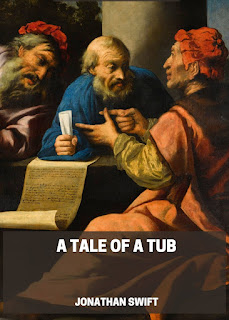Hello,
This blog is a part of thinking activity.
Question 1. Angellica considers the financial negotiations that one makes before marrying a prospective bride the same as prostitution. Do you agree?
➡In Aphra Behn's play The Rover, Angellica considers the financial negotiations that one makes before marrying a prospective bride to be the same as prostitution.
Angellica's view of marriage is shaped by the social and economic conditions of her time. In seventeenth-century England, women were largely dependent on men for financial support. Marriage was seen as a way for women to secure their financial future, and dowries were often used to negotiate marriage contracts. This practice could lead to women being treated as commodities, and it is likely that Angellica has seen firsthand the negative consequences of this system.
Angellica sees financial negotiations before marriage, where one party may expect or receive money or assets, as similar to prostitution. In her perspective, both situations involve a form of transaction where one person provides something of value (money or assets) in exchange for a specific kind of relationship, whether it's marriage or companionship in the case of prostitution.
Question 2. All women together ought to let flowers fall upon the tomb of Aphra Behn, for it was she who earned them the right to speak their minds." Virginia Woolf said so in 'A Room of One's Own'. Do you agree with this statement? Justify your answer with reference to your reading of the play 'The Rover.
➡Virginia Woolf believed that women should honor Aphra Behn because she helped women gain the right to express themselves freely. Woolf thought Behn's work was important in advancing women's voices.
Aphra Behn was one of the first successful female writers in England. She was the first English woman to make a living from her writing, and she wrote in a variety of genres, including plays, poetry, and fiction. Her work was popular with both male and female audiences, and she challenged many of the prevailing social and literary conventions of her time. Aphra Behn's work often dealt with themes of female empowerment and independence. Her plays often featured strong female characters who were not afraid to speak their minds.
Aphra Behn lived in a time when women were expected to be silent and submissive, but she refused to conform to these expectations. She spoke her mind freely, even when it meant facing criticism or ridicule.
In her play The Rover, Behn features a female protagonist, Hellena, who is intelligent, resourceful, and independent. Hellena is not afraid to challenge the male characters in the play, and she ultimately outsmarts them all.
Virginia Woolf's statement about Behn is a reminder of the importance of women's voices in literature and in society as a whole. Aphra Behn's work helped to create a space for women to speak their minds.
Question 3. Which female character best represents the playwright, Aphra Behn? Consider the characteristics and beliefs of each female character, and make an argument that relates these distinctive attributes to what you know about Behn.
➡The female character who best represents the playwright Aphra Behn is Hellena from her play The Rover. Hellena is a strong, independent, and intelligent woman who is not afraid to speak her mind or challenge the status quo. She is also resourceful and witty, and she is always able to outsmart the men in her life.
Aphra Behn herself was a strong and independent woman who lived in a time when women were expected to be silent and submissive. She refused to conform to these expectations, and she spoke her mind freely, even when it meant facing criticism or ridicule. Behn was also a resourceful and witty writer, and she was able to create complex and believable female characters in her work.
Both women believe in the importance of female empowerment and independence. Hellena is a woman who is determined to control her own destiny, and she refuses to be defined by the men in her life. Behn herself was a strong advocate for women's rights, and her work often challenged the traditional gender roles of her time.
Thank you.





















